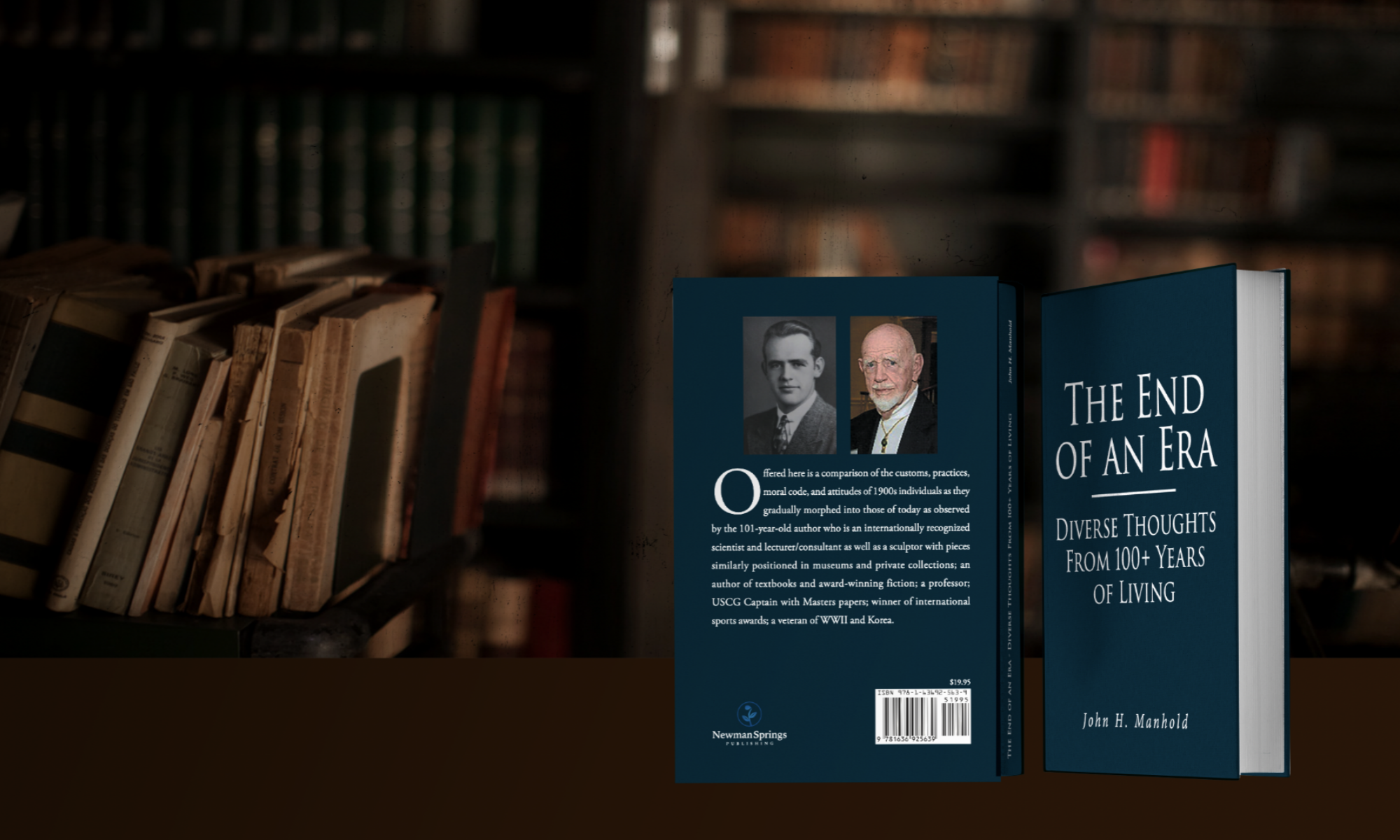HEALTH-WEALTH for You ISBN: 9781642250817, Advantage Media Group, an e-book copyright and written by Dr. Josh Luke.
The book opens with a Forward by Dave Chase, Cofounder, Health Rosetta who explains that he has been working with the author in sharing a “passion for reducing unnecessary spending by thousands empowering people to take responsibility and restoring the American dream by instead (of spending unnecessarily on health care) investing money saved to education and communities. Between Dr. Luke’s first book and Health Rosetta, Businesses have the tools to do their part. Now, it’s your turn.” Next presented are the reasons why the time is now to take charge of your health care and reduce the cost. A Preface then explains the advantages of becoming an EHC, (an Engaged Healthcare Consumer) from lessons learned from past experience and providing suggestions on “How to read and apply health-wealth for you.” The main substance of the book then is provided in 3 parts. Part I examines “Healthcare in America: Where Capitalism went wrong” and consists of 3 chapters – The affordability crisis, A culture of greed; A system broken beyond repair; a 4th examining the effect Millennial Culture thought-patterns have provided to healthcare. Part II contains chapter 5 explaining the importance of becoming an EHC and 6 concerns creation of a health-wealth family culture. Part III provides the sets forth “11 Steps to Save Big and Live Healthy. A Conclusion. A Health-Wealth Personal Loss Assessment Sample and 24 references conclude the book.
Discussion: The first part of the book is virtually a shortened version of much of his book Ex-Acute which he mentions several times here in his discussions. The second part is an expansion of material also set forth in Ex-Acute. Part III is the actual ‘meat’ of this entire presentation and sets forth 11 steps include enrolling in an Alternate Insurance Model and employing the multitude of additional methods developed that produce better health and associated cost reduction. Much depends upon an “integrative and functional approach and include such items as Genome Sequencing, DNA testing, AI, Blockchain, Telehealth, Remote Monitoring Services and more.
Summary: Part III of this book is a must read for anyone living anywhere in today’s world and requiring any healthcare assistance from the chaotic offerings available. And I mean anywhere. Great Britain’s record is poor as is that of most other countries in Europe. Interestingly, even Sweden’s top listed health system is again changing because it has been found to suffer the exact problems encountered in the U.S. and Canada’s system is nowhere as adequate as that provided in the United States. So, from this reviewer’s perspective, the only disappointing feature of this presentation is the same as that found in his preceding book – introduction of a particular form of government, capitalism, as the culprit to which he repeatedly shunts the blame for healthcare’s inadequacies. The author most assuredly IS correct about the importance of ‘the-bottom-line’ to many individuals as being rampant in the present system. However, because human nature NEVER will allow much more than a modicum of altruism to exert itself regardless of the method of health care being provided, and individuals always are going to ‘find a way to beat any laws established’ it would seem to be an error to blame the ‘system’ whether it be capitalistic, socialistic or some other provider. My concern with blaming one form of government as totally responsible for the multiple problems encountered is that readers may fail to concentrate on the importance of his message. Instead, many may pounce upon still another element to add to the growing belief in the need within the United States for a more socialistic form of government. Cuba, Argentina and other South American countries and more recently Venezuela, have shown this form of government has not demonstrated any improvement in healthcare for their countries. Health care under the Russia regimes has been abominable and above I have just pointed out European countries’ problems. Thus, if nothing better is available, that which is provided appears to be better than others touted. Furthermore as the author discusses, better healthcare models gradually are evolving but fails to mention the ever rising costs needed simply to develop the myriad programs. So, to petition the prospective reader, PLEASE do not permit your attention to be redirected to a political theme, when the problem is one with which every form of government has been forced to accept and attempt to manage. So to somewhat paraphrase the conclusion rendered for the author’s last book, this truly is a MUST read for anyone and everyone in the United States who has, is, or will require any level of healthcare. I hope the reader as well as the author will understand and accept my apologies for my reaction to his repeated mentioning inadequacies of one manner of governing as the main culpable reason for the country’s healthcare problems. I sincerely believe that such placement of blame can only add to the horrendously and dangerously chaotic political situation now rampant within the country – one that certainly is not ‘healthy for the country’ nor those living there.
3* 5* Recommended Read; 3* required sincere caveat.
